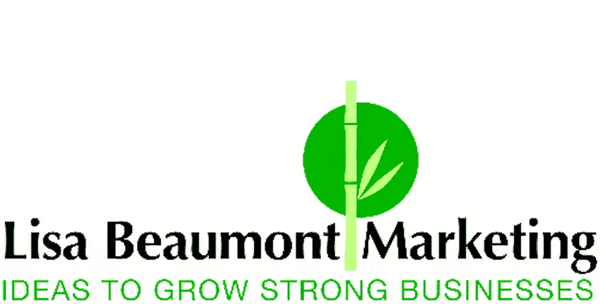Every business needs to know, how to protect your supply chains, so that you can satisfy customers at times of scarcity.
Many animals such as brown trout have developed adaptations to cope with scarcity. Previously, I have shared my Marketing Tips for Surviving Winter which were inspired by the resourcefulness of polar bears. You can catch up on that here. That blog post is useful for all to read in Autumn, regardless. In the meantime, our focus for today is ways to protect your supply chains.
I have put together a list of Marketing tools that give you practical ways to help protect your supply chains during the planning and implementation of your Marketing Plan each quarter.
4 Marketing methods that help protect strong supply chains
1. Resource/Performance Auditing
Each quarter, You should revisit your Marketing Audit to check that you remain close to your customers’ current needs.
Simultaneously it will be wise for you to conduct a Resource/ Performance Audit. This means that you need to check that you have access to the equipment that you need to produce your product/service in the quantity that will fit your business’ goal. It makes sense to assess your resources under four headings: equipment, staff, premises, and money. Equipment will include transport methods for getting your product to your customers.
This activity is an ideal time for you to consider the steps that you can take to protect your business continuity in the event of your resources becoming scarce.
Put simply, the Marketing Audit will answer the question: “Am I producing the right thing now?”
The Resource/ Performance Audit will also tell you whether you have the capability to produce the goods at the scale that you need.
2. Planning for Substitutes & Damage Limitation
In line with the advice that I gave you in Marketing tips to embed organisational resilience you can include a plan for substitute materials in your Resource Audit.
For example, a sole trader might list the materials that are critical for their success. This list must be comprehensive. You should include utilities, your own intellectual property, and delivery methods in the list. Then you can try to identify substitute alternatives for each item. At this stage, it is fine for you to be idealistic or creative in your thinking.
The purpose of planning for substitutes is to help you to identify those things that you need to adapt to prepare for a scenario of scarcity. Brown trout vary their diet to include small rodents that have fallen into the river, such as mice and voles, instead of flies. It has taken many generations for trout to evolve the adaptations that allow them to digest small mammals as well as flies from the water’s surface. For each item that is on your list of critical success materials, you will need to ask yourself, “What if this runs out?”
Moreover, trading upsets in 2021 will help you to realise that these activities are more than theoretical musings. They are fundamental to your business’s long-term survival. A review of your money/savings will let you judge how long you could stay afloat if disaster strikes.
3. Competitive Advantage on Market Entry
In an ideal world, you will have undertaken a thorough check of the resources for your market before you even began to trade. Some markets have very few suppliers of its key materials or complex legislation around the supply of equipment, premises or staff (for example a monopolistic supplier who can fix his prices at will, or a highly unionised workforce). These are warning signals for you to find an alternative market or product.
Meanwhile, those pitfalls can offer you opportunities, too. If you can find a market that you can serve uniquely you can prosper. If your organisation employs the only certified practitioner for your craft you will be in a strong position to prosper, while you train a deputy craftsperson.
4. Update your PEST analysis regularly
Finally, during last year’s business resilience series of blog posts during the first lockdown in March 2020, I explained the importance of using the tools in your Marketing toolbox when you adapt to change. Moreover, it is a mistake to think that these checks need only be made at the outset of a new venture. Markets are dynamic and change can happen constantly. Therefore, every business owner has a responsibility to stay informed about the Political, Economic, Social, and Technological issues that will affect their ability to trade. You can remind yourself of the detail of a PEST analysis here.
If you plan time to revisit these 4 Marketing methods at least quarterly you will feel reassured that you have helped address some ways to protect your supply chains for your business. Like a trout you can prepare and adapt by keeping your beady eye on your market’s dynamics.
If you want to explore the thinking behind resilience in supply-chain strategy in greater depth I can recommend the knowledge shared by Prof. Richard Wilding OBE, Cranfield University. In this clip from YouTube he explains why there is no need to panic whenever a shortage is forecast. You can watch it here

